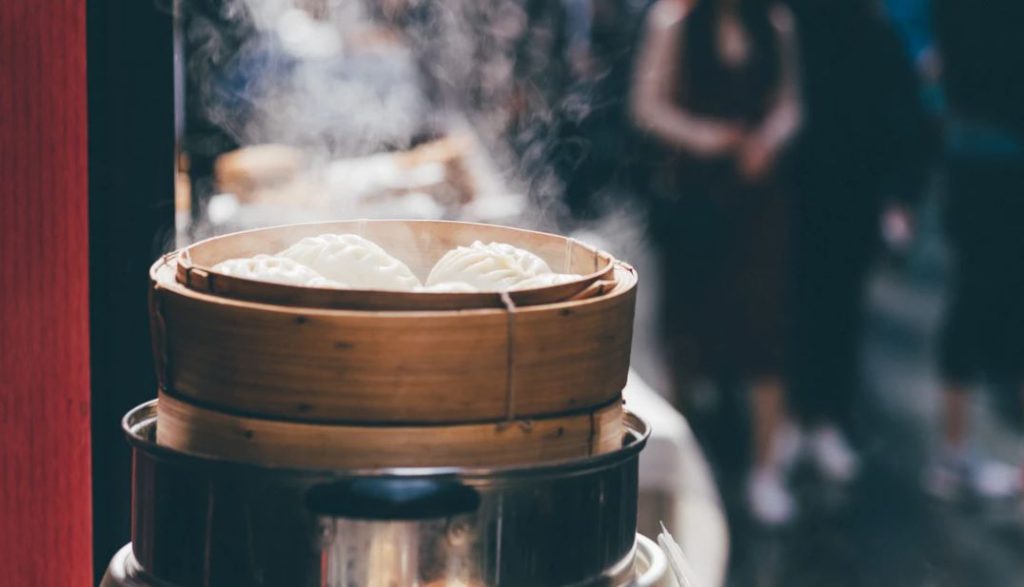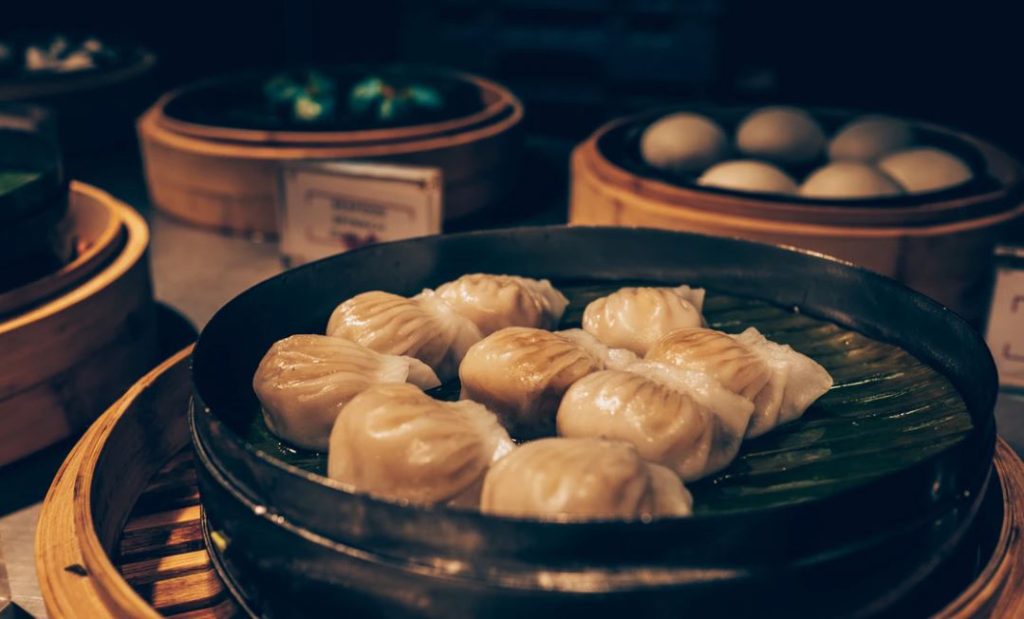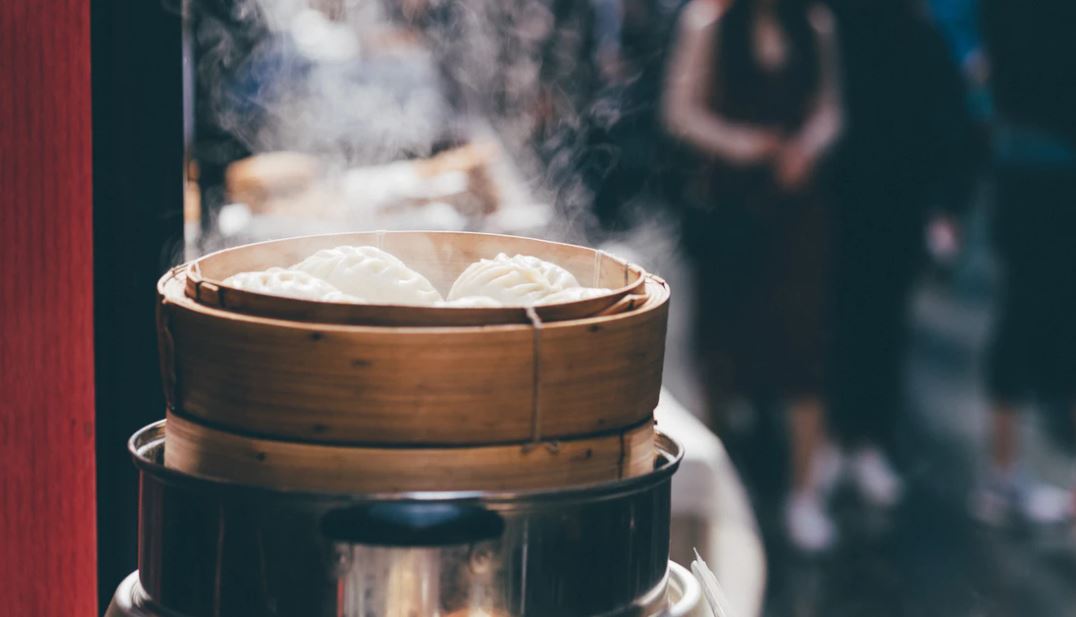When you’re at your go-to Sydney dim sum spot on the weekends, you can always count on seeing many of your favourite dishes come out in bamboo steamers. In fact, the yum cha trolleys that make the rounds on the restaurant floors are actively supplying heat via steam to the dishes. So how did bamboo steamers become synonymous with Chinese food? What makes it such an integral part of the Chinese culture?
1. Why bamboo?

The availability of bamboo in China has made it synonymous with the Chinese culture, as much as ‘luosifen (river snail rice noodles)’ is synonymous with Liuzhou. Not only is it a popular element in traditional paintings, it is also a very practical and versatile material. It grows as fast as grass, but is as strong as wood, making it perfect for constructing furniture, instruments, and ropes. The malleability of bamboo also allows it to be easily shaped into cylindrical steamers. Bamboo steamers have an open, weaved bottom to let in the steam, and a domed top, to circulate the steam and cook the food. At weekend brunch, you’ll see several bamboo steamers stacked on top of each other on the yum cha trolleys because their handy shape makes it easy to keep multiple dishes warm at once. What’s more, bamboo naturally has antibacterial properties, and is great at holding water. This means the water droplets from condensation are absorbed by the bamboo, which keeps the BBQ pork buns at your favourite Sydney dim sum place moist and soft, but never wet.
2. Why Steaming?

Steaming is one of the oldest cooking methods in China, with some steaming artefacts dating back 5000 years. Nutritionally, you can’t go wrong with steaming food. Unlike in boiling, where nutrients are lost to the cooking water, steaming does not require the food to be in direct contact with water. Therefore, the nutrients are securely maintained whilst the food is cooked. In your Chinese cuisine exploration, you’ll also notice that it’s common to cook meats via steaming, as this cooking method locks in the original flavour of the ingredients well. This is why you’ll see so many meat dishes such as shu mai, har gow, and lion’s head meatballs, being carted around in yum cha trolleys at weekend brunch.
3. Why at yum cha?

As the population grew and the demand for food increased, teahouses had to find quick ways to cook food and transport them from the kitchen to the table. Bamboo steamers were the perfect solution to the problem, as they were designed to carry out steaming, and were lightweight enough to be transported with ease. So, the next time you visit a Sydney dim sum spot and indulge in some shu mai from the bamboo steamers, know that you are looking at an invention that has stood the test of time to become one of the most recognisable hallmarks of the Chinese culture.

